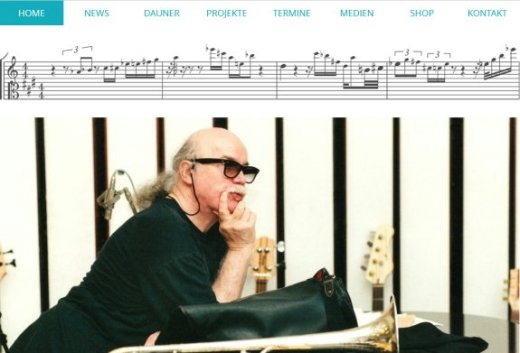 Havana Jam was a three-day music festival that took place at the Karl Marx Theatre in Havana, Cuba, from March 2 to March 4, 1979. The event was sponsored by Bruce Lundvall, the president of Columbia Records, Jerry Masucci, the president of Fania Records, and the Cuban Ministry of Culture.
Havana Jam was a three-day music festival that took place at the Karl Marx Theatre in Havana, Cuba, from March 2 to March 4, 1979. The event was sponsored by Bruce Lundvall, the president of Columbia Records, Jerry Masucci, the president of Fania Records, and the Cuban Ministry of Culture.
The festival included American acts such as Weather Report, the CBS Jazz All-Stars, the Trio of Doom, Fania All-Stars, Stephen Stills, Billy Swan, Bonnie Bramlett, Mike Finnigan, Kris Kristofferson, Tony Williams, Jaco Pastorius, John McLaughlin, Rita Coolidge, and Billy Joel, as well as Cuban acts by Irakere, Pacho Alonso, Zaida Arrate, Elena Burke, Orquesta de Santiago de Cuba, Conjunto Yaguarimú, Frank Emilio Flynn, Juan Pablo Torres, Los Papines, Tata Güines, Cuban Percussion Ensemble, Sara González, Pablo Milanés, Manguaré, and Orquesta Aragón.
In 1977, U.S. President Jimmy Carter and Cuban President Fidel Castro started to loosen the political tension between the two countries and opened Interest Sections both in Havana and Washington, D.C. It was the first time in almost two decades after Castro’s rise to power that there was a real interest in establishing a normalization of diplomatic relations and the lifting of the United States embargo against Cuba.
Jazz guitarist John McLaughlin, jazz keyboardist Joe Zawinul, and jazz electric bassist Jaco Pastorius pose for a portrait while relaxing at a beach near Havana before performing at Havana Jam, an historic three-day series of music concerts sponsored by the American music industry and the Cuban government in April, 1979 in Havana, Cuba:

In April 1978, CBS Records director Bruce Lundvall, together with a group of the company’s music enthusiasts, made a four-day trip to Havana, where they took great interest to Cuban music, and especially to Afro-Cuban jazz band Irakere.
After months of discussion, Lundvall signed Irakere and in July the group traveled to New York to perform an unannounced guest set at the famed Newport Jazz Festival-New York. Rave reviews led to an invitation from the prestigious Montreux Jazz Festival in Switzerland.
A few months later, Irakere won their first Grammy with the album Irakere, recorded at their Montreux Jazz Festival and Newport Jazz Festival performances. Then, in the Fall of 1978, he joined forces with Fania Records director Jerry Masucci and convinced the Cuban cultural authorities to organize a three-day festival in Havana with the participation of Cuban and American musicians. The event would be recorded and televised for the enjoyment of both the Cuban and American people.

This event, spontaneously entitled Havana Jam, was set for March 2 through 4, 1979. For assistance in the planning of the event, Lundvall brought aboard Jock McLean and Phil Sandhaus of Columbia’s artists development department, who then enlisted Showco (a Dallas-based concert production company) and Studio Instrument Rentals to help organize the event.
By early February, the Lundvall and his team had organized the roster for the event. Representing the U.S. would be Billy Joel, Stephen Stills, Weather Report, Kris Kristofferson with Rita Coolidge, the Fania All-Stars and the CBS Jazz All-Stars, a group conceptualized by Lundvall which was scheduled to feature more than 20 top jazz artists on the label.
As the event came closer, other CBS Records personnel began working to organize it. Rehearsals were scheduled for the CBS Jazz All-Stars, travel accommodations were made, equipment was rented, a wide cross-section of media was invited, and both recording and videotaping plans were confirmed.
Trio Of Doom (John McLaughlin, Tony Williams, Jaco Pastorius):

Record producers Bert deCoteaux and Mike Berniker flew down with a crew from the CBS Recording Studios along with a support team and mobile 24-track Recording Studio from Record Plant NY.
The musicians landed at the José Martí airport on March 1.
Havana Jam was an invitation-only event, with mostly cultural personalities and members of the Communist Party and their children in attendance, though some students from different art and music schools were also invited.
The festival was hardly mentioned in the Cuban press, and thirty years later not many Cubans know it ever existed. (wikipedia)

Live at the Karl Marx Theater in Cuba, on 3rd, 4th and 5th March 1979, featuring The Stephen Stills Band, Kris Kristofferson & Rita Coolidge, Weather Report, Irakere and Fania All-Stars. Showcasing several of the most popular acts from the US and Cuba, 1979 s groundbreaking Havana Jam festival represented a historical step toward establishing a cultural exchange between the enemy nations. Originally broadcast on KBFH-FM, the music captured on this set spans salsa, jazz-rock, singer-songwriter and mainstream rock, all infused with the excitement and energy of the event itself. )press release)

In 1979 many of Columbia’s top recording artists made a rare visit to Cuba where they performed (and recorded) at a series of concerts with some of the top Cuban groups. This double LP (unlike the strictly jazz Havana Jam 2) covers a wide range of music from Weather Report, the CBS Jazz All-Stars (an allstar group with Dexter Gordon, Stan Getz and Woody Shaw) and The Trio of Doom (John McLaughlin, Jaco Pastorius and Tony Williams) to Irakere, Stephen Stills, Kris Kristofferson and Rita Coolidge. There is enough worthwhile jazz on the two-fer to make this set worth picking up. (by Scott Yanow)
And I was able to discover many interesting Cuban musicians (like Irakere, Sara González, Orquesta Aragon and the Cuban Percussion Ensemble) on this album and yes … I could finally listen to Mike Finnegan and Bonnie Bramlett again!

Tracklist:
01. Weather Report: Black Market (Zawinul) 8.52
02. Irakere: Concerto Para Flaut Y Adagio De Mozart (Rivera/Mozart) 9.41
03. Stephen Stills: Cuba Al Fin (S.Stills/T.Stills) 7:49
04. Sara González: Su Nombre Es Pueblo (González) 3.52
05. CBS Jazz All-Stars: Project “S” (Heath) 8.29
06. Orquesta Aragon: Que Barla Mionda (Valdés) 7.37
07. Kris Kristofferson: Living Legend (Kristofferson) 4.27
08. Rita Coolidge: (Your Love Has Lifted Me) Higher And Higher (Smith/Miner/Kackson) 3.27
09. CBS Jazz All-Stars: Black Stockings (Laws) 6.16
10. Mike Finnegan & Bonnie Bramlett: How Wrong Can You Be (Gronenthal/Grace) 4.42
11. Fania All Stars: Juan Pachanga (Blades/Ramirez/Masucci) 4.38
12. Trio Of Doom: Dark Prince (McLaughlin) 3.49
13. Cuban Percussion Ensemble: Scherezada (Rimsky-Korsakov) / Sun Sun (Traditional) 7.36

*
**
Billboard February 10, 1979:

 David William Sanborn (July 30, 1945 – May 12, 2024) was an American alto saxophonist. Though Sanborn worked in many genres, his solo recordings typically blended jazz with instrumental pop and R&B.
David William Sanborn (July 30, 1945 – May 12, 2024) was an American alto saxophonist. Though Sanborn worked in many genres, his solo recordings typically blended jazz with instrumental pop and R&B.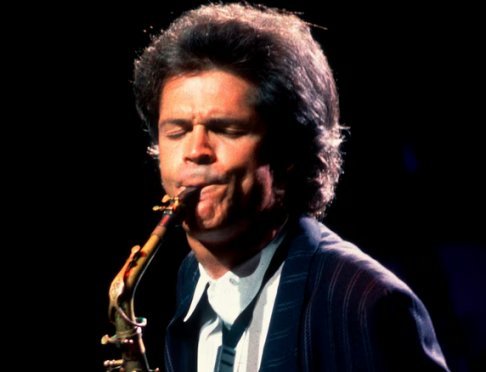




 The official website:
The official website:


 This band emerged from Hamburg and lasted only a few years. It included a mixture of local musicians and two “foreigners”. The German musicians were Reinhart Firchow (recorders, flutes, ocarina, stylophone, percussion, vocals), Lucas Lindholm (bass, bass fiddle, organ, piano), Dicky Tarrach (drums, percussion), Herb Geller (flutes, cor anglais, alto/soprano/tenor saxes, organ), the Irishman John O’Brien-Docker (guitars, organ, percussion, vocals, wind chimes) and Esther Daniels (vocals). As you can tell from the name of the band and one album title, their coming together was to make their instrumental interpretation of Aldous Huxley’s novel – A Brave New World. Being almost entirely an instrumental band (apart from some occasional voices) they created a most unique sound which combined together successfully different styles such as folk, psychedelic rock and electronics. Their use of wind instruments (woodwinds), peculiar percussion patterns, flute, saxophones and a stylopohone gives their music a special otherworldly sound. A possible sound-alike would be Annexus Quam (in the psychedelic rock approach) and Between (in the ethereal, atmospheric sound). Sadly, after they released Impressions on Reading Aldous Huxley in 1972 and then dissolved. It is commonly referred to as an essential album in any krautrock album collection. (by Assaf Vestin)
This band emerged from Hamburg and lasted only a few years. It included a mixture of local musicians and two “foreigners”. The German musicians were Reinhart Firchow (recorders, flutes, ocarina, stylophone, percussion, vocals), Lucas Lindholm (bass, bass fiddle, organ, piano), Dicky Tarrach (drums, percussion), Herb Geller (flutes, cor anglais, alto/soprano/tenor saxes, organ), the Irishman John O’Brien-Docker (guitars, organ, percussion, vocals, wind chimes) and Esther Daniels (vocals). As you can tell from the name of the band and one album title, their coming together was to make their instrumental interpretation of Aldous Huxley’s novel – A Brave New World. Being almost entirely an instrumental band (apart from some occasional voices) they created a most unique sound which combined together successfully different styles such as folk, psychedelic rock and electronics. Their use of wind instruments (woodwinds), peculiar percussion patterns, flute, saxophones and a stylopohone gives their music a special otherworldly sound. A possible sound-alike would be Annexus Quam (in the psychedelic rock approach) and Between (in the ethereal, atmospheric sound). Sadly, after they released Impressions on Reading Aldous Huxley in 1972 and then dissolved. It is commonly referred to as an essential album in any krautrock album collection. (by Assaf Vestin)


 Tracklist:
Tracklist:

 Barbara Gracey Thompson MBE (27 July 1944 – 9 July 2022) was an English jazz saxophonist, flautist and composer. She studied clarinet, flute, piano and classical composition at the Royal College of Music, but the music of Duke Ellington and John Coltrane made her shift her interests to jazz and saxophone. She was married to drummer Jon Hiseman of Colosseum from 1967 until his death in 2018.
Barbara Gracey Thompson MBE (27 July 1944 – 9 July 2022) was an English jazz saxophonist, flautist and composer. She studied clarinet, flute, piano and classical composition at the Royal College of Music, but the music of Duke Ellington and John Coltrane made her shift her interests to jazz and saxophone. She was married to drummer Jon Hiseman of Colosseum from 1967 until his death in 2018.









 This album was a project by Johnny Scott
This album was a project by Johnny Scott








 I don’t quite understand why he hasn’t achieved a higher profile in Germany. I’m talking about Friedemann Leinert.
I don’t quite understand why he hasn’t achieved a higher profile in Germany. I’m talking about Friedemann Leinert.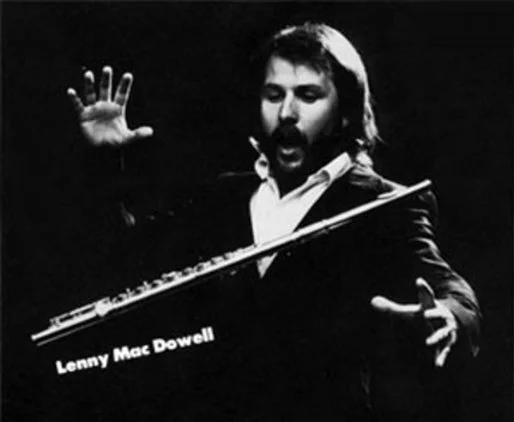
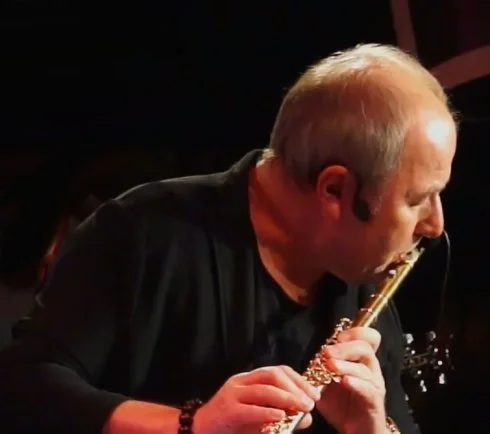
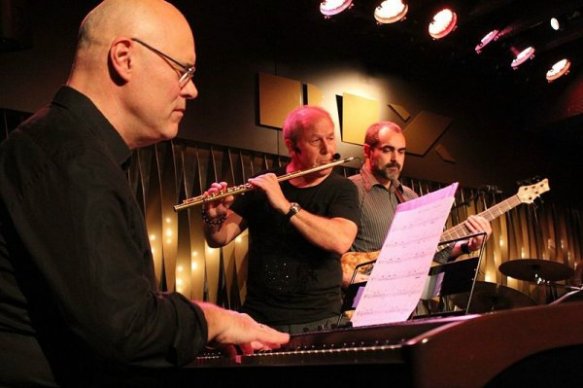
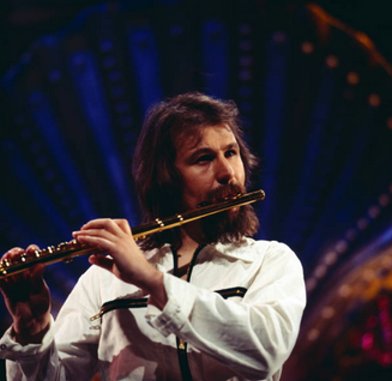









 Havana Jam was a three-day music festival that took place at the Karl Marx Theatre in Havana, Cuba, from March 2 to March 4, 1979. The event was sponsored by Bruce Lundvall, the president of Columbia Records, Jerry Masucci, the president of Fania Records, and the Cuban Ministry of Culture.
Havana Jam was a three-day music festival that took place at the Karl Marx Theatre in Havana, Cuba, from March 2 to March 4, 1979. The event was sponsored by Bruce Lundvall, the president of Columbia Records, Jerry Masucci, the president of Fania Records, and the Cuban Ministry of Culture.







 Founded in Krefeld, Germany in 1970 – Disbanded in 1978 – Brief reunion in 1987
Founded in Krefeld, Germany in 1970 – Disbanded in 1978 – Brief reunion in 1987








 Keith “Keef” Hartley (8 April 1944 – 26 November 2011) was an English drummer and bandleader. He fronted his own band, known as the Keef Hartley Band or Keef Hartley’s Big Band, and played at Woodstock. He was later a member of Dog Soldier, and variously worked with Rory Storm, the Artwoods and John Mayall.
Keith “Keef” Hartley (8 April 1944 – 26 November 2011) was an English drummer and bandleader. He fronted his own band, known as the Keef Hartley Band or Keef Hartley’s Big Band, and played at Woodstock. He was later a member of Dog Soldier, and variously worked with Rory Storm, the Artwoods and John Mayall.










 Herbert Jay Solomon (April 16, 1930 – July 1, 2003), known by his stage name Herbie Mann, was an American jazz flute player and important early practitioner of world music. Early in his career, he also played tenor saxophone and clarinet (including bass clarinet), but Mann was among the first jazz musicians to specialize on the flute. His most popular single was “Hi-Jack”, which was a Billboard No. 1 dance hit for three weeks in 1975.
Herbert Jay Solomon (April 16, 1930 – July 1, 2003), known by his stage name Herbie Mann, was an American jazz flute player and important early practitioner of world music. Early in his career, he also played tenor saxophone and clarinet (including bass clarinet), but Mann was among the first jazz musicians to specialize on the flute. His most popular single was “Hi-Jack”, which was a Billboard No. 1 dance hit for three weeks in 1975.







 Wolfgang Dauner (30 December 1935 – 10 January 2020) was a German jazz pianist who co-founded the United Jazz + Rock Ensemble. He worked with Hans Koller, Albert Mangelsdorff, Volker Kriegel and Ack van Rooyen and composed for radio, television, and film.
Wolfgang Dauner (30 December 1935 – 10 January 2020) was a German jazz pianist who co-founded the United Jazz + Rock Ensemble. He worked with Hans Koller, Albert Mangelsdorff, Volker Kriegel and Ack van Rooyen and composed for radio, television, and film.


 Tracklist:
Tracklist:

